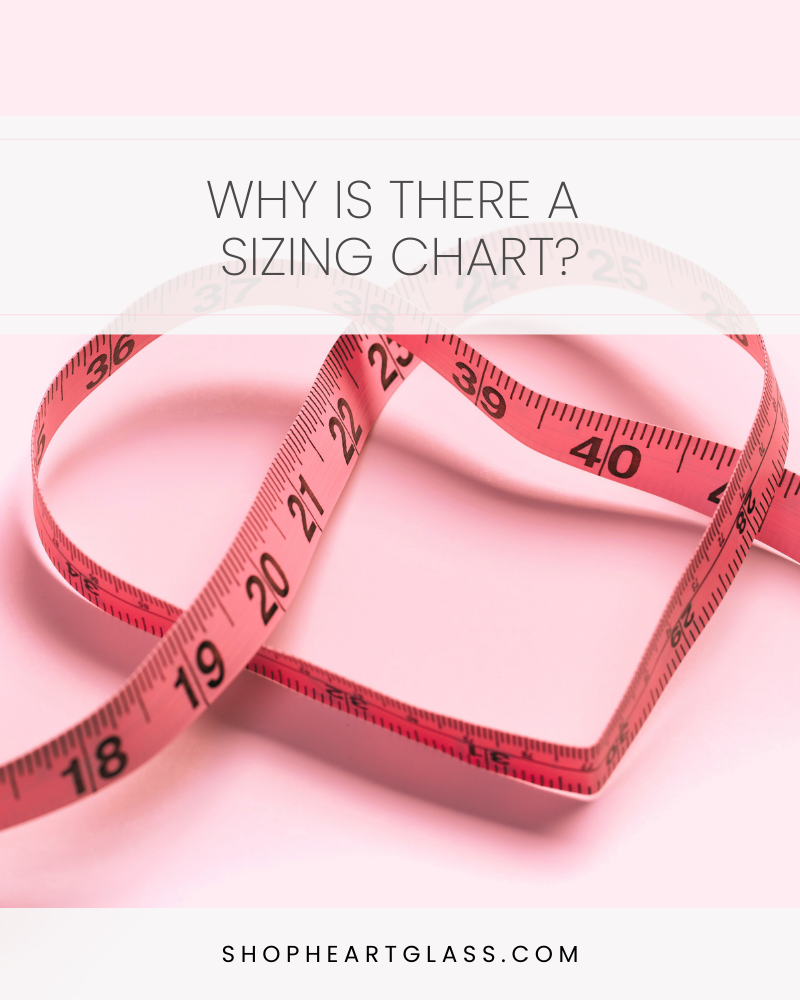
Why is there a sizing chart?
Have you ever wondered why clothing sizes vary so much across different brands and stores? The answer lies in the history of the industry standard sizing chart. Understanding the origins of this chart can help us appreciate the complexities of the very essential fashion world and how it has evolved over time.
Historic Origins
The concept of standardized clothing sizes dates back to ancient civilizations. In ancient Rome, for example, garments were tailored to fit specific body measurements. However, it wasn't until the 19th century that the idea of a universal sizing system began to take shape.
During the Industrial Revolution, mass production became the norm, and clothing manufacturers faced the challenge to come up with a commercialized approach. This led to the development of the first industry standard sizing chart, which aimed to categorize individuals into different size categories based on their measurements.
The birth of the modern sizing chart
The National Bureau of Standards (now known as the National Institute of Standards and Technology) conducted extensive research to establish a standardized sizing system for the United States. This research involved measuring thousands of individuals to determine their deemed average body proportions for each size.
By the 1940s, the industry standard sizing chart had become widely adopted in the fashion industry. It provided a universal framework for fashion education, designers, manufacturers, and retailers to create and sell clothing to the masses.
The challenges of standardization
While the industry standard sizing chart has been a valuable tool, it is not without its limitations. The human bodies now come in a wider variety and more dramatic array of shapes and sizes, and a single industry standard sizing chart cannot account for all the varieties of individual body shapes like an hourglass, pear or apple shape, that cross-over sizes on a sizing chart.
Furthermore, cultural and societal changes have influenced body ideals and fashion trends, leading to shifts in sizing standards over time. What was considered a "normal" shape with the same straight sized top, waist and bottom size, is now a shape of what less than 10% of women are. This goes into plus sizes. 60% of women are actually considered to be cross over sizes, meaning multiple of their measurements fall into multiple different sizes.
The future of sizing
So many people are different and unique in so many beautiful ways, and to have one shape that is claimed to be the average makeup all of the size ranges doesn't seem like it cuts it anymore.
As the fashion industry continues to evolve, there is a growing recognition of the need for more inclusive sizing options. Many brands are now offering extended size ranges. HeartGlass raised the bar even higher by going to the root issue itself with sizing issues- the size- to come up with more options for those who seem to cross over multiple sizes on a sizing chart and who's proportions exceed the industry standard difference due to their measurements falling in multiple different size categories. This way, HeartGlass can extend options for those without compromising the entire sizing chart and resorting to vanity sizing like many other brands have resorted to.
By creating and innovating more and new ways of sizing, more sizing options can be added to the market, without compromising to vanity sizing.
Body trends do change, and how sizing had been done has not been changed. Not one person is the same and there are many differentiating bodies as it's natural and normal to fall into multiple sizes on an industry standard sizing chart.
Do you get larger clothes to cover while being too loose in others? Or do you get smaller clothes and possibly risk being more exposed just to look closer to your shape? Are you someone who goes shopping last minute and can't find something for you? HeartGlass might be for you.

